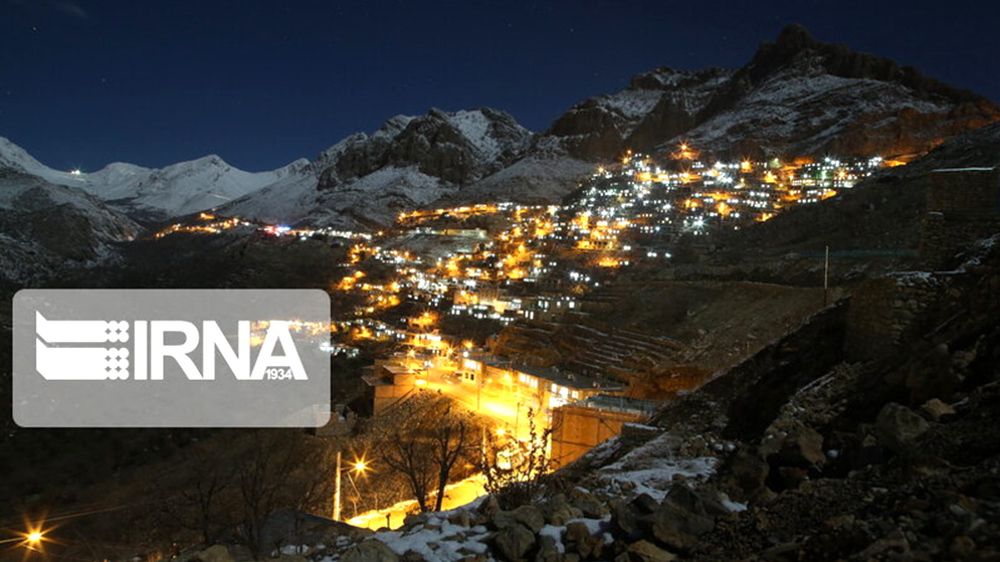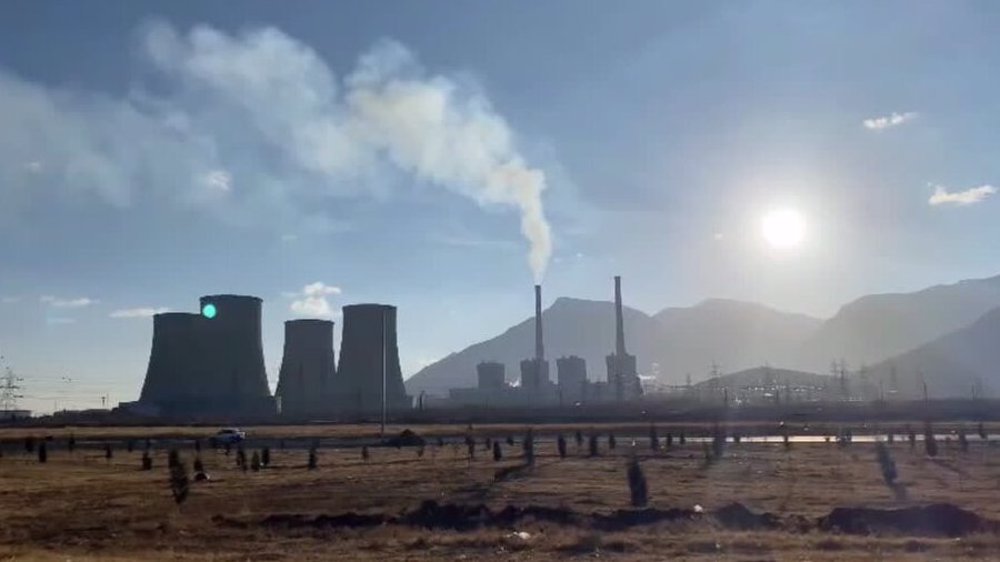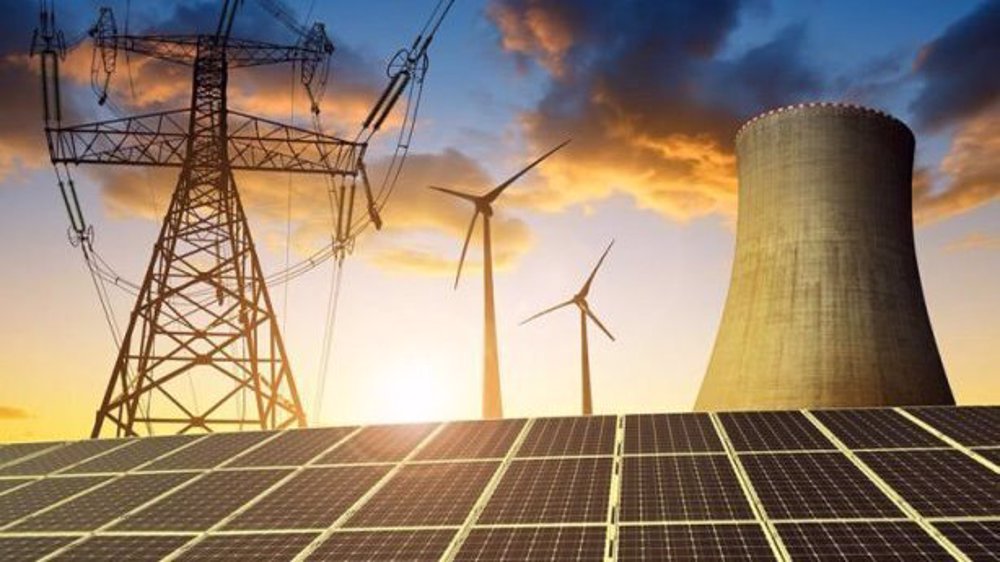99.7% of Iranian villages have electricity, well above global average of 79%
Some 42 years after the victory of the Islamic Revolution in Iran, the country is celebrating the fact that almost all villages in the country have been electrified, up from only seven percent when the revolution took place.
The official IRNA news agency said in a Wednesday report that the number of villages across Iran with access to electricity had reached 57,644.
The figure equals to 99.7 percent of all villages in Iran, said the report, adding that it is well above the global average for rural electricity penetration rate at 79 percent.
The report said that to fully finish the job on rural electrification, Iran is currently connecting villages populated by less than 10 households, a daunting task which needs infrastructure development across hard-to-reach regions of the country.
It said the government had spent some 1 one trillion rials (nearly $24 million at official exchange rate) in the 10 months to January 21 this year to cover 224 villages by its electrification drive.
To provide electricity to some 3,100 households living in those villages, Energy Ministry contractors had to expand transmission and distribution lines by 723 kilometers and to install 260 electrical transformers, said the report.
Most of the villages electrified in Iran are now connected to the national power grid, it said, adding that only a handful of rural locations, some 241 villages, use electricity generated through solar panels.
Since the victory of the revolution in 1979, Iran has spent heavily to supply stable energy to rural regions to both boost farming capacity and to prevent migration to cities that could have caused acute social and economic problems.
More than 32,000 villages in Iran have access to natural gas while the number of villages with access to clean piped water has exceeded 33,000.
Dec. 22: ‘Axis of Resistance’ operations against Israeli occupation
‘Abhorrent’: Oxfam says only 12 trucks delivered aid in North Gaza since Oct.
VIDEO | Leader receives religious eulogists on Hazrat Fatima birth anniv.
Pope Francis slams Israel’s ‘machine-gunning’ of Gaza children
US hostage-taking of Iranian nationals violation of intl. law: Deputy FM
VIDEO | Carol Singers for Palestine on London’s Parliament Square
Ansarullah says ‘Israeli terrorists’ incapable of confronting Yemen, warns of secret weapons
VIDEO | Yemenis praise the military for its successful operations against Israel











 This makes it easy to access the Press TV website
This makes it easy to access the Press TV website